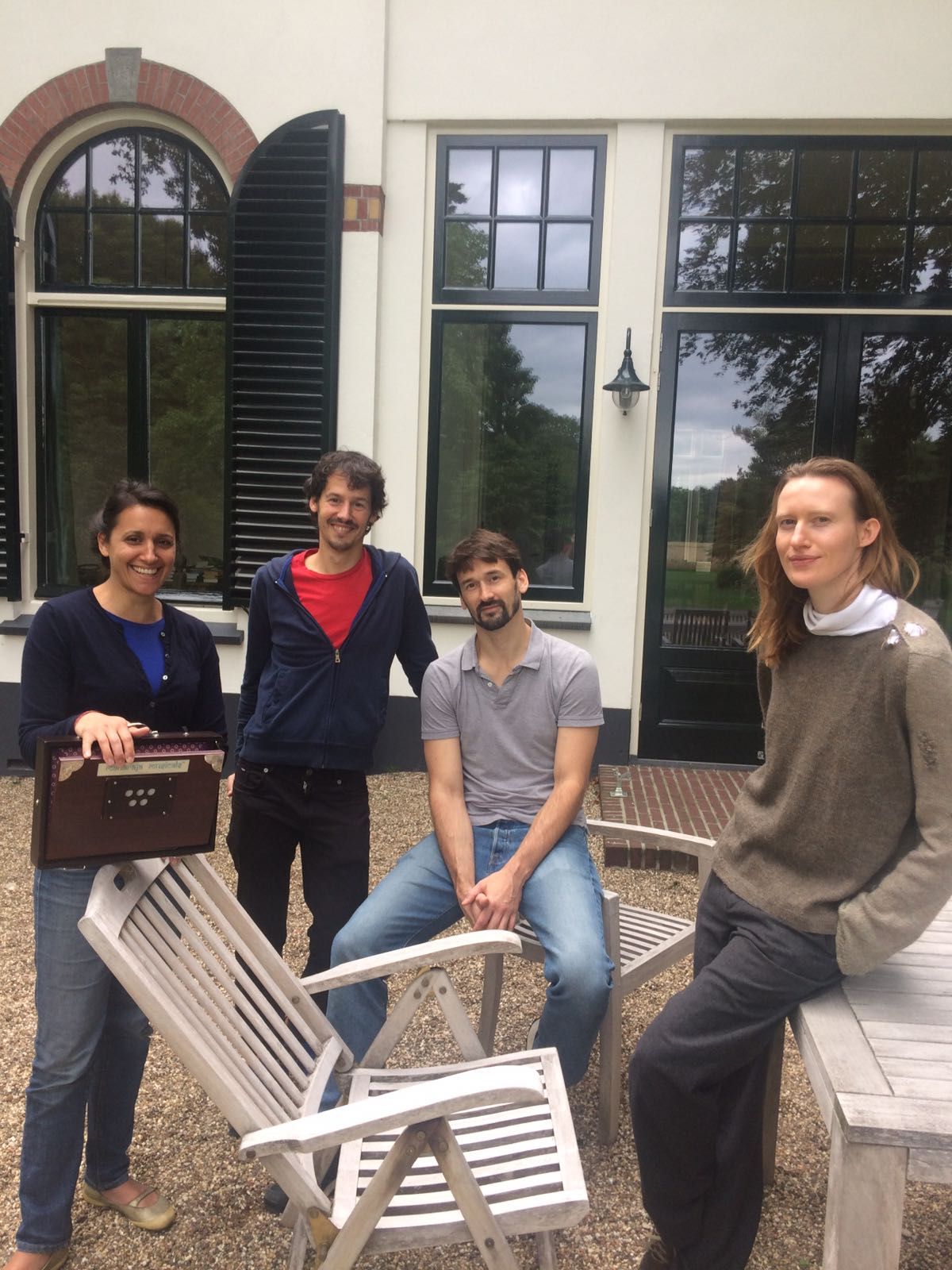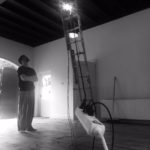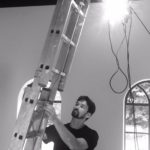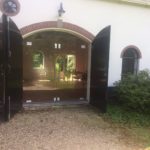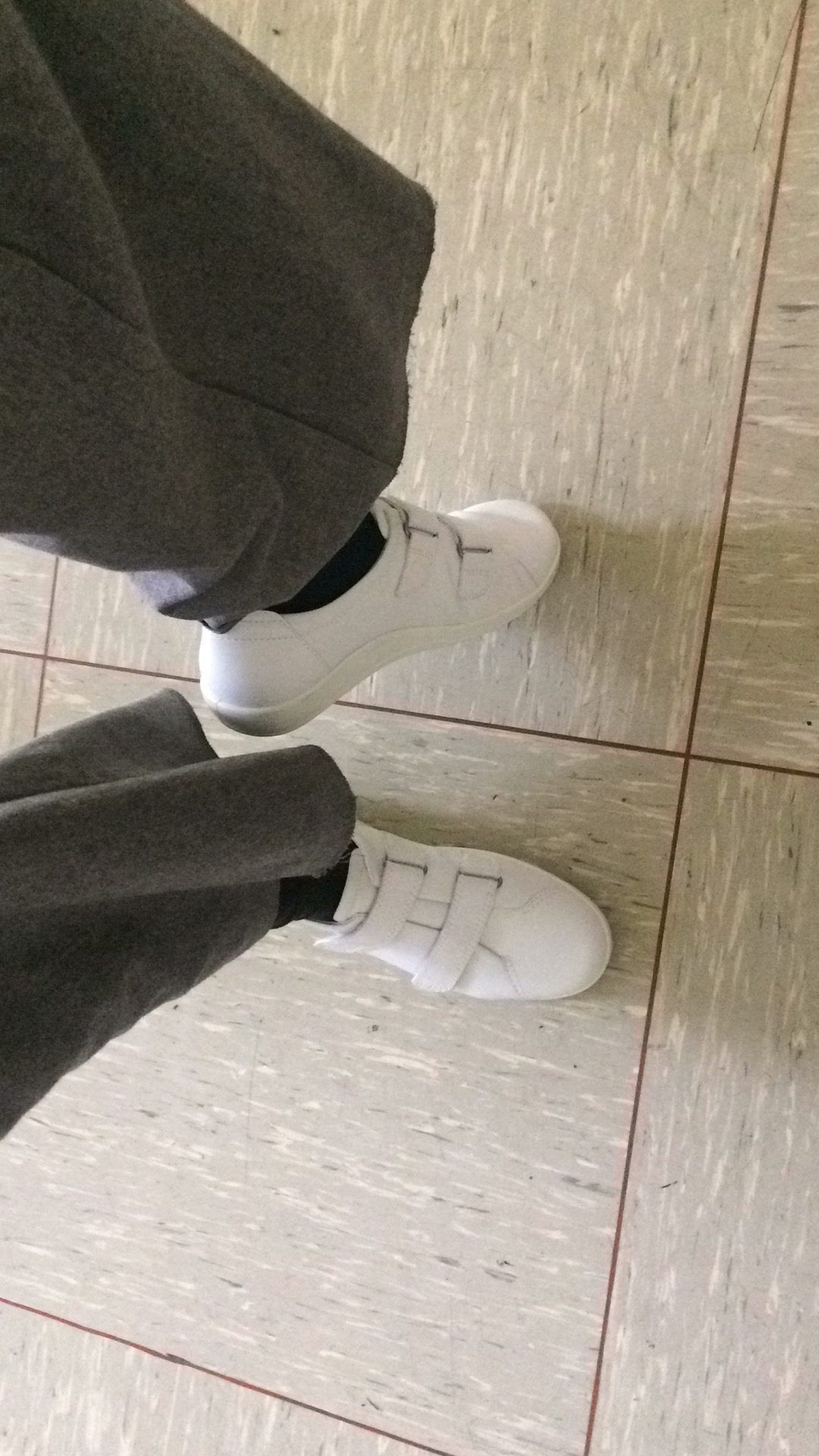Review: Dance frenzy or soap bubble?
Written on .
24 November 2019
By Annelie Andre, Tanzweb
[translated from German]
It rushes. I’m sitting on the train back to Berlin and it’s still rushing.
It rushes. I’m on the train back to Berlin and it’s still roaring. The abundance of films I have seen in the last four days has made me tired. And yet here I sit, with a head full of thoughts, questions, opinions and trying to put them into words. I have an urge to move.
“There’s no fire,” says Klaus Dilger, and I can feel what he means. The opening as well as the award ceremony resemble a soap bubble, colourful on the outside and hollow on the inside. What happens on the screen during the festival often remains distant and unapproachable, the formats impersonal and on the surface. Take, for example, the panels that were tailored to the IMZ, ARTE or other larger or smaller institutions, but only in very few cases initiated a fruitful discussion of artistic questions and positions.
Who are the people behind the perfectly made films? Where are the ideas and concepts, the passion, the drive for expression?
A presentation of the films, an introduction of the artists and specific audience formats such as talks, feedback rounds or more open exchange opportunities would have helped to understand and perceive differently. I would have liked more accompaniment in the dance noise labyrinth.
What is a good dance film? A question that has remained open until now. Are there general criteria that create a broader level of discourse than the purely subjective feeling of whether something carries me away, moves me, touches me? Who chooses jury members, which jury chooses which films and why? A network of those who want, those who have, those who decide. Promoters, sponsors, producers, producers, promoters, sponsors, institutions, producers. I don’t know what’s going on, and that doesn’t bother anyone.
In retrospect, the festival motto “WE LIVE FUTURE NOW” leaves a pale aftertaste.
Art in which the polished appearance is more important than the content, a predominantly white, European society sitting passively in cinema seats and staring side by side in a given direction? A festival director who opens with his own film, digging into the past and dragging memories through forests in plastic bags? Is this what awaits us in the future? I’m not looking forward to it. And anyway – who is this WE?
What I am looking forward to, however, is the golden tent of Gala Moody & Michael Carter at the Schauspielhaus. A place to retreat to for a moment. Immerse yourself in a world where cooperation works differently. Non-hierarchical, respectful, close. Perhaps illusory, one might think – but it is better to develop utopian visions than to deprive dreams of the air they need to breathe.
This has shown me how important the space, the place is where we experience dance film. A cinema brings with it certain conventions and expectations. Being entertained on a Friday night, maybe the second date. Cinema is a service. I don’t have to do anything for it. Just watch. In the end I can stick my thumb in one direction or the other and afterwards we go to Burger King and talk about cars.
It works differently at the Schauspielhaus. There I can look, move at my own pace through the unfamiliar landscape of screens, sounds and visitors, embedded in an architecturally fascinating space that smells like art. And outside, the trees dance when I lend them my gaze.
Isn’t it wonderful to land in unfamiliar places after the thick fog has lifted, after being TRANSLATED from familiar to unfamiliar terrain? Dance film can do that.
I want to be challenged when I look at art. I want to be stimulated and navigate through new worlds, to be enchanted. And yes, also to be disappointed, bored, confronted with my limits and systems. We have forgotten how to endure. To expose ourselves, to surrender to friction. We have forgotten to surrender to places that hold up a mirror to us, that shake our foundations and yet are the ones that make us grow. I want to be allowed to think, to feel my body and to feel like I am someone else when the film is over. I want to feel that I can now feel more, understand more, see differently – people, spaces, things. Maybe I’m asking too much. But if art can’t take it, who can?
Dancescreen2019 + TANZRAUSCHEN Wuppertal, a festival that means well, smacks of mainstream. Does it want to? Or was the setting of the feast just not the right one?
Perhaps a campfire around which we all gather and share lightly charred stick bread would be sexier than the expensive high-tech kitchen where we sit motionless at a long table and are served overly pretty morsels that don’t fill us up.
I wonder where the festival is going. What impulses it gives the city of Wuppertal and what the vision for it is. To establish it as a fixed component of Wuppertal’s cultural landscape? To build it out of the ground as a castle of sand and then tear it down again when all the guests have left?
Will the IMZ help clean up or is there not enough money in the budget? Come on, let’s make a social project out of it, I’m sure it’ll work. But no popcorn this time.






